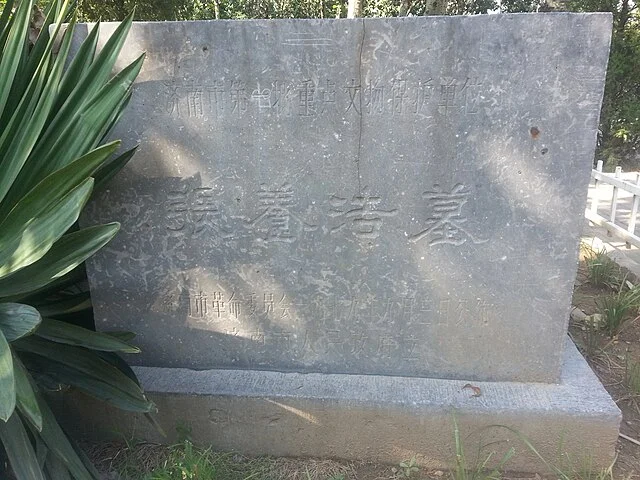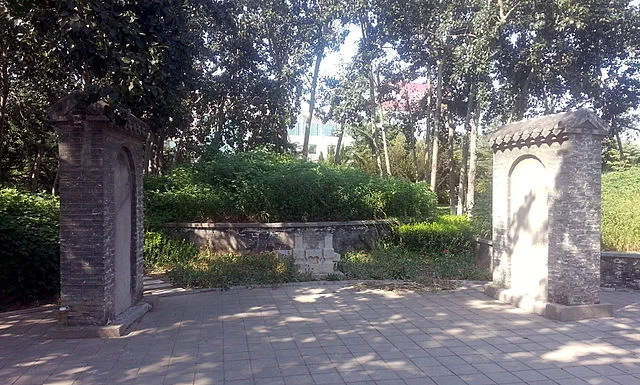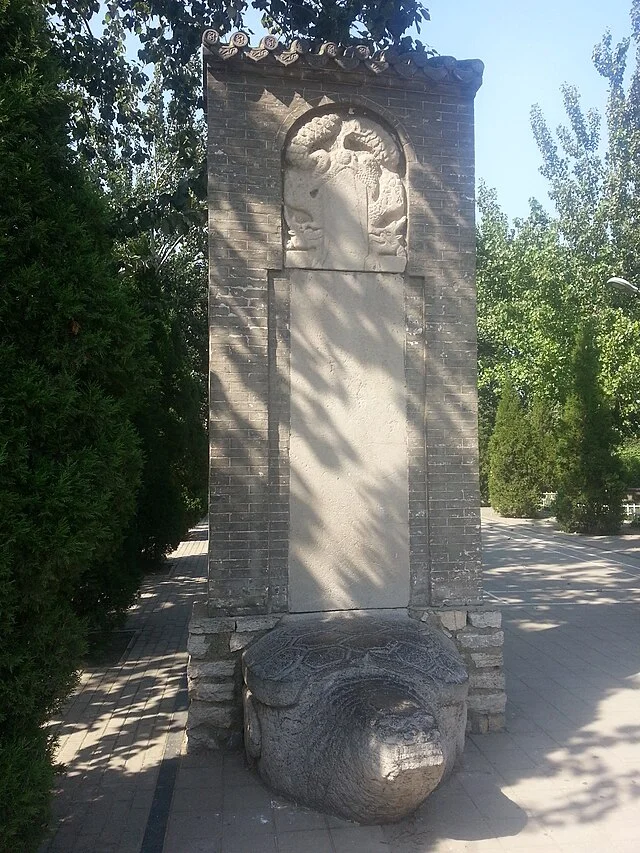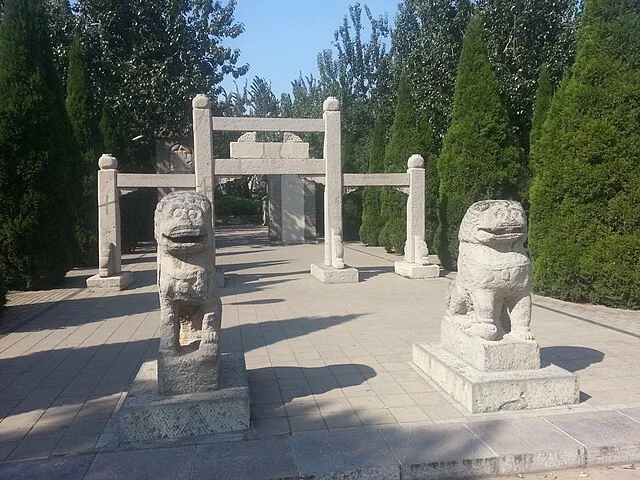The Tomb of Zhang Yanghao is an important archaeological site located in the Gansu province of China. It dates back to the Eastern Han Dynasty (AD 25–220), a period marked by significant political and cultural developments. The tomb provides valuable insights into the burial practices and material culture of this era.
Get your dose of History via Email
Historical Context

Zhang Yanghao was a military officer under the Eastern Han Dynasty. He played a role in the military campaigns of his time, and his tomb reflects his status and accomplishments. The Eastern Han period was characterized by expansion, internal strife, and the consolidation of imperial power. Zhang Yanghao’s tomb offers a glimpse into the life of a high-ranking official during this dynamic era.
Discovery and Excavation

The tomb was discovered in the 20th century. Archaeologists have since conducted extensive excavations, revealing significant artifacts and architectural features. The tomb is a typical example of the burial practices of Han elites. It includes a stone chamber, which housed the remains of Zhang Yanghao, along with numerous grave goods.
Tomb Structure

The Tomb of Zhang Yanghao features a rectangular structure made from stone and brick. It consists of multiple chambers, with the central one containing the deceased’s remains. The tomb is located underground, with a series of passageways and rooms leading to the burial chamber. This design reflects the influence of Confucianism, which emphasized proper burial rites.
Artifacts and Decorations
Among the most notable artifacts found in the tomb are bronze and iron weapons, pottery, and figurines. These items were likely intended to serve the deceased in the afterlife. The presence of military items, such as weapons and armor, suggests that Zhang Yanghao’s military career was a defining aspect of his life.
In addition to everyday objects, the tomb contains artistic works, including murals and carvings. These decorations depict scenes from Zhang Yanghao’s life, offering valuable insights into the customs, beliefs, and daily life of the time. The artworks also highlight the skilled craftsmanship of the period.
Significance of the Tomb
The Tomb of Zhang Yanghao is significant for several reasons. First, it helps scholars understand the burial customs of the Han elite. The careful arrangement of the tomb’s contents reflects the importance of ritual in ensuring a successful transition to the afterlife. Second, the artifacts provide important evidence of the material culture of the time, offering insights into the tools, clothing, and weapons used by Han officials.
Finally, the tomb adds to our understanding of Zhang Yanghao himself. The artifacts and inscriptions found within the tomb offer clues about his career and personal life. They also serve as a testament to his status and the esteem in which he was held during his lifetime.
Conclusion
The Tomb of Zhang Yanghao stands as a remarkable testament to the Eastern Han Dynasty. It offers crucial insights into the burial practices, military life, and artistic achievements of the period. Through the discovery and study of this tomb, historians and archaeologists continue to deepen their understanding of ancient China’s history and culture.
Source:

